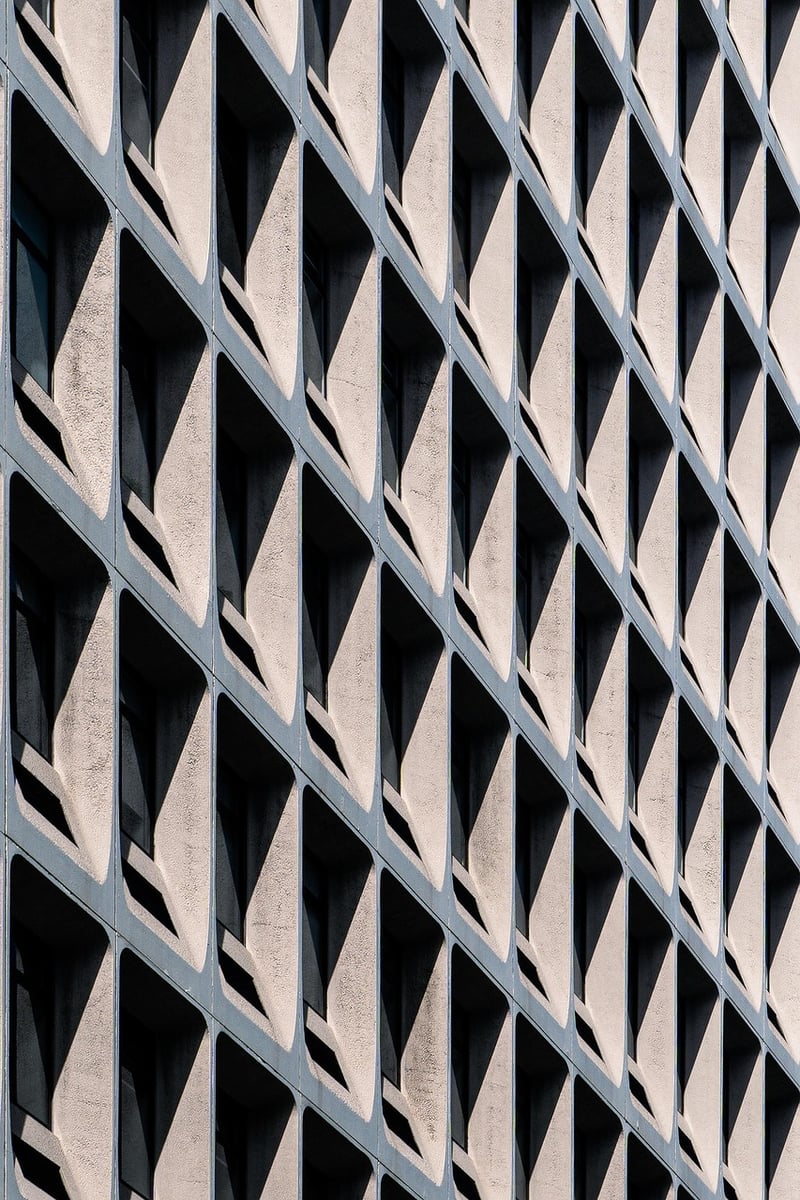Contemporary
Exploring Expressive Movement Forms in Contemporary Art
Art has always been a medium for expressing emotions, ideas, and beliefs. In contemporary art, expressive movement forms play a vital role in conveying the artist's message and connecting with the audience on a profound level. Let's delve into some of the key expressive movement forms used in contemporary art:
1. Abstract Expressionism
Abstract Expressionism is a post-World War II art movement that emphasized spontaneous, gestural expressions. Artists like Jackson Pollock and Willem de Kooning used dynamic brushwork and non-representational forms to evoke emotions and explore the subconscious mind.
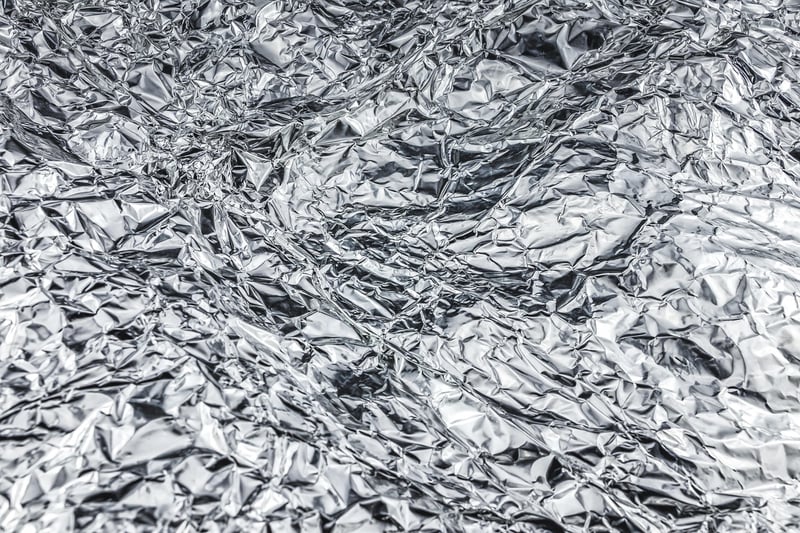
2. Performance Art
Performance art involves the artist's body as the medium and is often characterized by live actions or interventions in a specific space. Artists like Marina Abramović and Yoko Ono have pushed the boundaries of traditional art forms through their provocative performances that challenge societal norms.
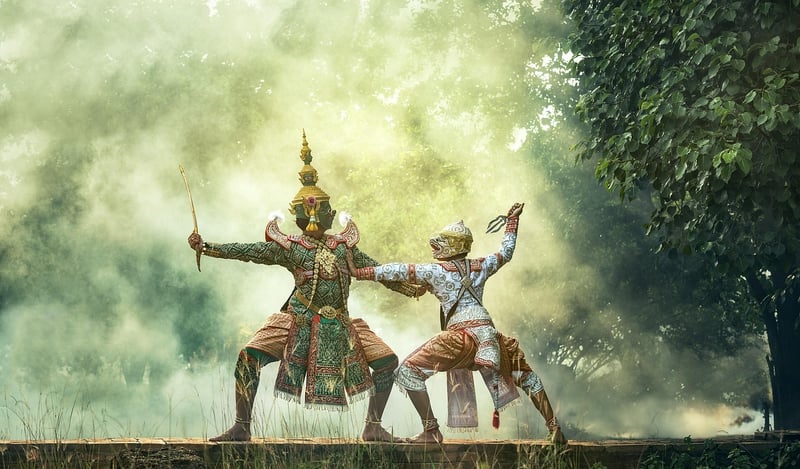
3. Dance as Art
Dance has long been considered a form of art that combines movement, music, and expression. In contemporary art, choreographers and dancers collaborate with visual artists to create multidisciplinary performances that blur the lines between dance and visual art.
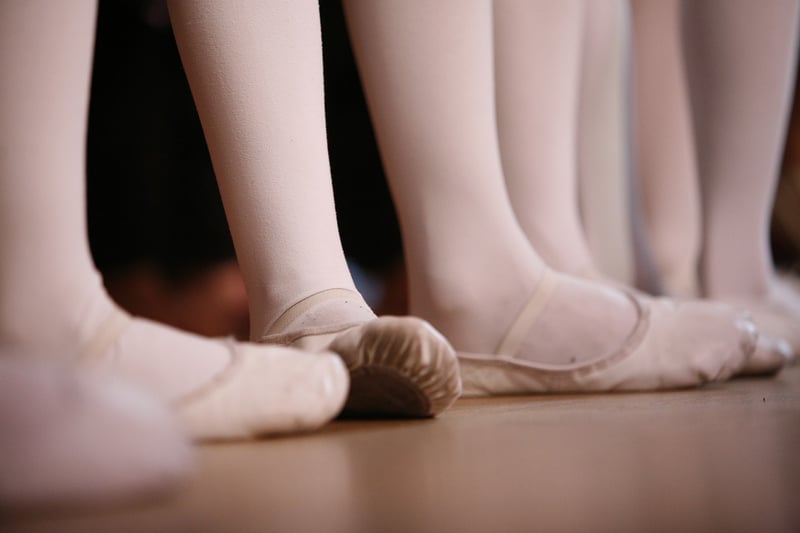
4. Street Art and Graffiti
Street art and graffiti have become prominent forms of expression in urban environments. Artists use public spaces as their canvas to communicate social, political, and cultural messages through bold and often controversial visual imagery.
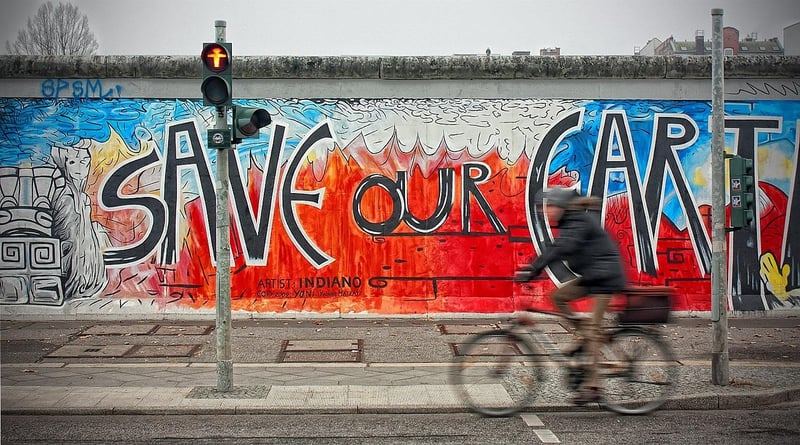
Expressive movement forms in contemporary art continue to evolve and challenge conventional artistic practices. By incorporating elements of spontaneity, emotion, and physicality, artists push boundaries and invite viewers to engage with art in new and exciting ways.
Experience the power of expressive movement forms in contemporary art and let yourself be moved by the dynamic interplay of movement and emotion.
